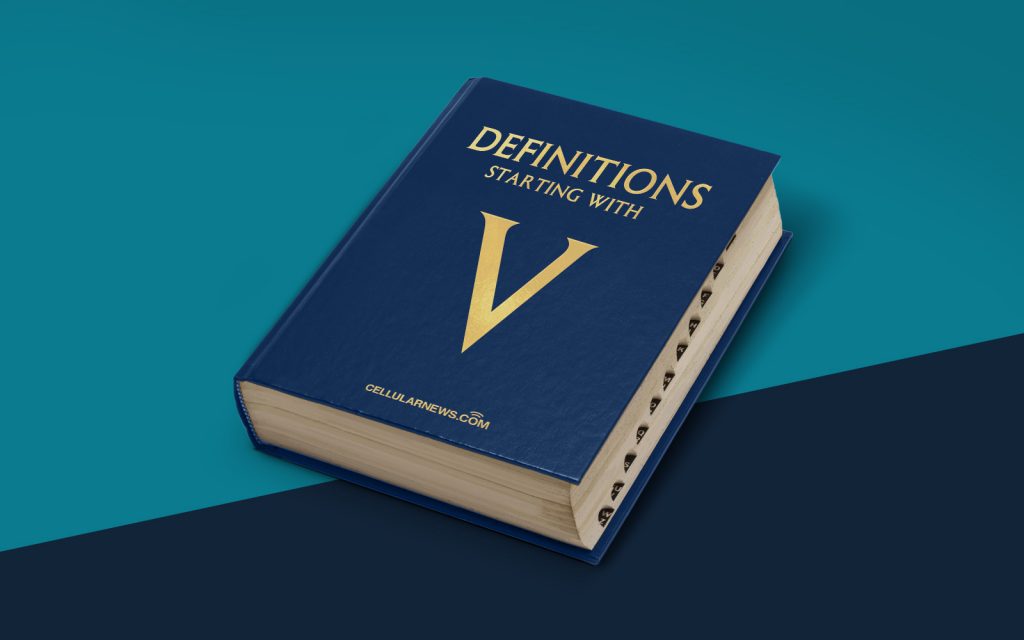
What is Virtual Reality Modeling Language (VRML)?
Welcome to the “DEFINITIONS” category on our page, where we dive into various terms and concepts related to the ever-evolving world of technology. In this article, we will explore the fascinating topic of Virtual Reality Modeling Language (VRML). Have you ever wondered how virtual reality experiences are created? VRML plays a crucial role in shaping the virtual worlds we immerse ourselves in. So, let’s put on our virtual reality headsets and dive in!
Key Takeaways:
- Virtual Reality Modeling Language (VRML) is a standard file format that enables the creation and sharing of virtual reality worlds.
- VRML uses plain text to describe three-dimensional scenes, objects, and behaviors, allowing developers to easily create immersive virtual environments.
Virtual Reality Modeling Language, also known as VRML, is a file format that allows developers to create virtual reality environments. It serves as the backbone of many virtual reality experiences we encounter today. VRML uses plain text coding to define the layout, objects, and behaviors within a virtual world.
Here are a few important points to understand about Virtual Reality Modeling Language:
- Standard Format: VRML is considered a standard file format for representing three-dimensional objects and scenes in virtual reality. This means that VRML files can be shared and interpreted across different virtual reality platforms and applications.
- Plain Text Coding: VRML files are written in plain text, making it easy for developers to create and modify virtual reality worlds. The coding syntax resembles a programming language, where developers define the layout, appearance, and interactions within the virtual environment.
- Immersive Experience: VRML allows users to immerse themselves in stunning virtual worlds with interactive 3D graphics. By defining the behavior of objects and the movement within the environment, developers can create dynamic and engaging virtual reality experiences.
- Integration: VRML can be integrated with various technologies to enhance the virtual reality experience. It can incorporate multimedia elements, such as video, audio, and animations, to create a truly immersive and multi-sensory environment.
Virtual Reality Modeling Language has played a significant role in the advancement of virtual reality technology. By providing a standardized format for creating virtual environments, VRML has paved the way for the development of innovative virtual reality applications, from gaming and entertainment to education and simulations.
As virtual reality technology continues to evolve, VRML remains a foundational element in the creation of immersive worlds. Its plain text coding and cross-platform compatibility make it a versatile tool for developers to bring their virtual reality visions to life.
So the next time you dive into a virtual reality experience, remember the role played by Virtual Reality Modeling Language (VRML) in creating those captivating digital worlds. Keep exploring, innovating, and pushing the boundaries of what is possible in virtual reality!
